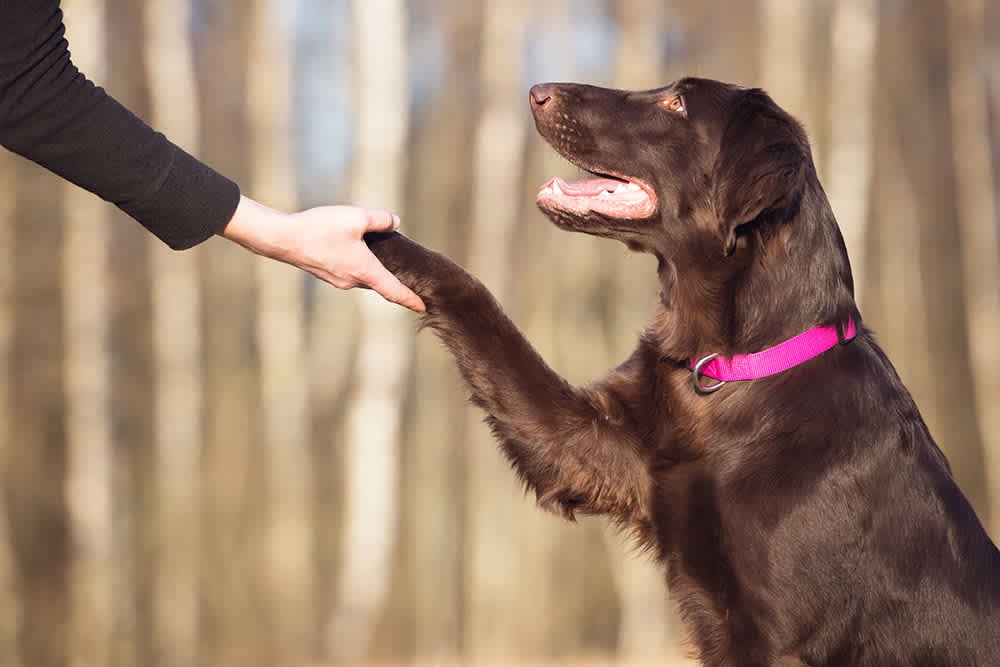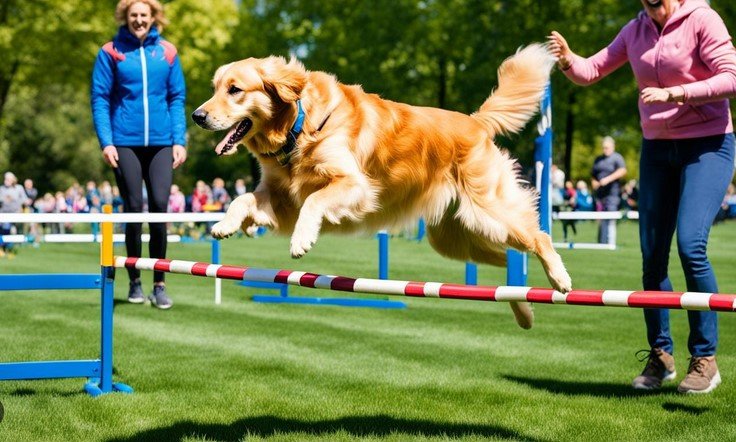Training your pet is a crucial part of ensuring their well-being, obedience, and your overall household harmony. Whether you have a dog, cat, or another companion, effective training can lead to a happy and well-behaved pet. In this article, we’ll explore some of the best strategies on how to train your pet effectively and create a healthy, strong bond.
Start with Basic Commands
Focus on Simplicity First
When learning how to train your pet effectively, it’s important to begin with basic commands. Commands like “sit,” “stay,” and “come” are foundational for any pet. These basic instructions help establish a communication system between you and your pet and lay the groundwork for more advanced training.
Use Positive Reinforcement
Positive reinforcement is key when training your pet. Reward them with treats, praise, or toys whenever they successfully follow a command. This teaches them that good behavior results in a positive outcome, making them more likely to repeat it. Avoid punishment-based training as it can cause anxiety and damage your bond with your pet.
Establish a Consistent Routine
Regular Training Sessions
Consistency is one of the most important aspects of pet training. Make sure to have short, regular training sessions throughout the day. Frequent but brief sessions, around 10 to 15 minutes, are more effective than lengthy, infrequent ones. These shorter sessions keep your pet engaged and prevent them from becoming frustrated or bored.
Create a Daily Schedule
A daily routine provides structure and predictability for your pet. Try to train them at the same times each day. This consistency reinforces learning and helps them understand that training is a regular part of their day, not just something that happens occasionally.

Use Clicker Training
What is Clicker Training?
Clicker training is a popular method that uses a small device that makes a clicking sound to mark desired behaviors. Once your pet performs the correct action, you click the device and reward them with a treat. Over time, your pet will associate the sound with positive reinforcement, making training smoother.
Benefits of Clicker Training
One of the advantages of clicker training is its precision. It allows you to instantly signal to your pet the exact behavior you want to reinforce. This method works well for both basic and advanced commands, making it a versatile tool in how to train your pet effectively.
Be Patient and Persistent
Avoid Frustration
Training your pet requires patience. Not every pet learns at the same pace, and some may take longer to grasp certain commands than others. Instead of becoming frustrated, take a step back and remember that patience and persistence are vital in achieving lasting results.
Celebrate Small Wins
As you work on how to train your pet effectively, celebrate the small victories. If your pet follows a command, even just once, acknowledge that achievement. Small improvements will eventually lead to consistent success. This gradual progress helps maintain your motivation and keeps your pet engaged in the learning process.
Socialize Your Pet
Exposure to Different Environments
A well-socialized pet is more likely to behave calmly in various situations. Start introducing your pet to new environments, people, and other animals early in their training. This exposure helps them become more adaptable and confident, reducing anxiety and behavioral problems.
Benefits of Socialization
Socialization is a critical aspect of how to train your pet effectively, particularly for dogs. A well-socialized dog is less likely to exhibit fear, aggression, or destructive behavior. Socialization also encourages your pet to follow commands even in distracting or new environments.
Conclusion
Training your pet effectively takes time, consistency, and positive reinforcement. By starting with simple commands, establishing a routine, using methods like clicker training, and being patient, you can shape your pet’s behavior positively. Remember that each pet is unique, so adapt your training approach as needed. With persistence and love, you’ll develop a strong bond with your pet and create a healthy, well-behaved companion.











